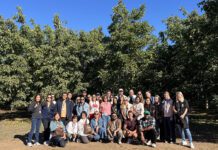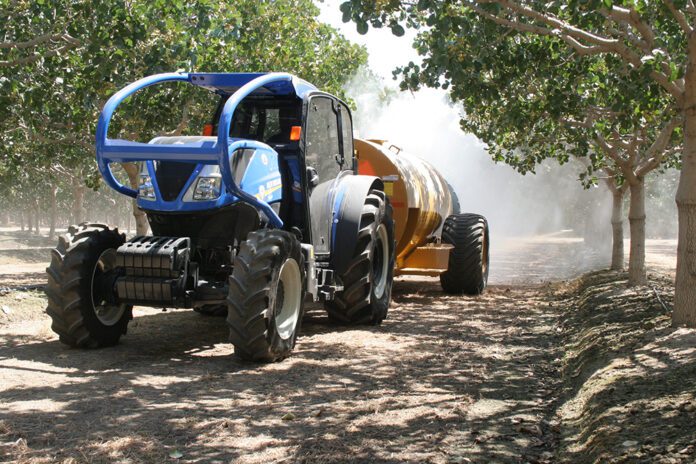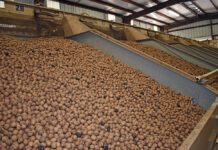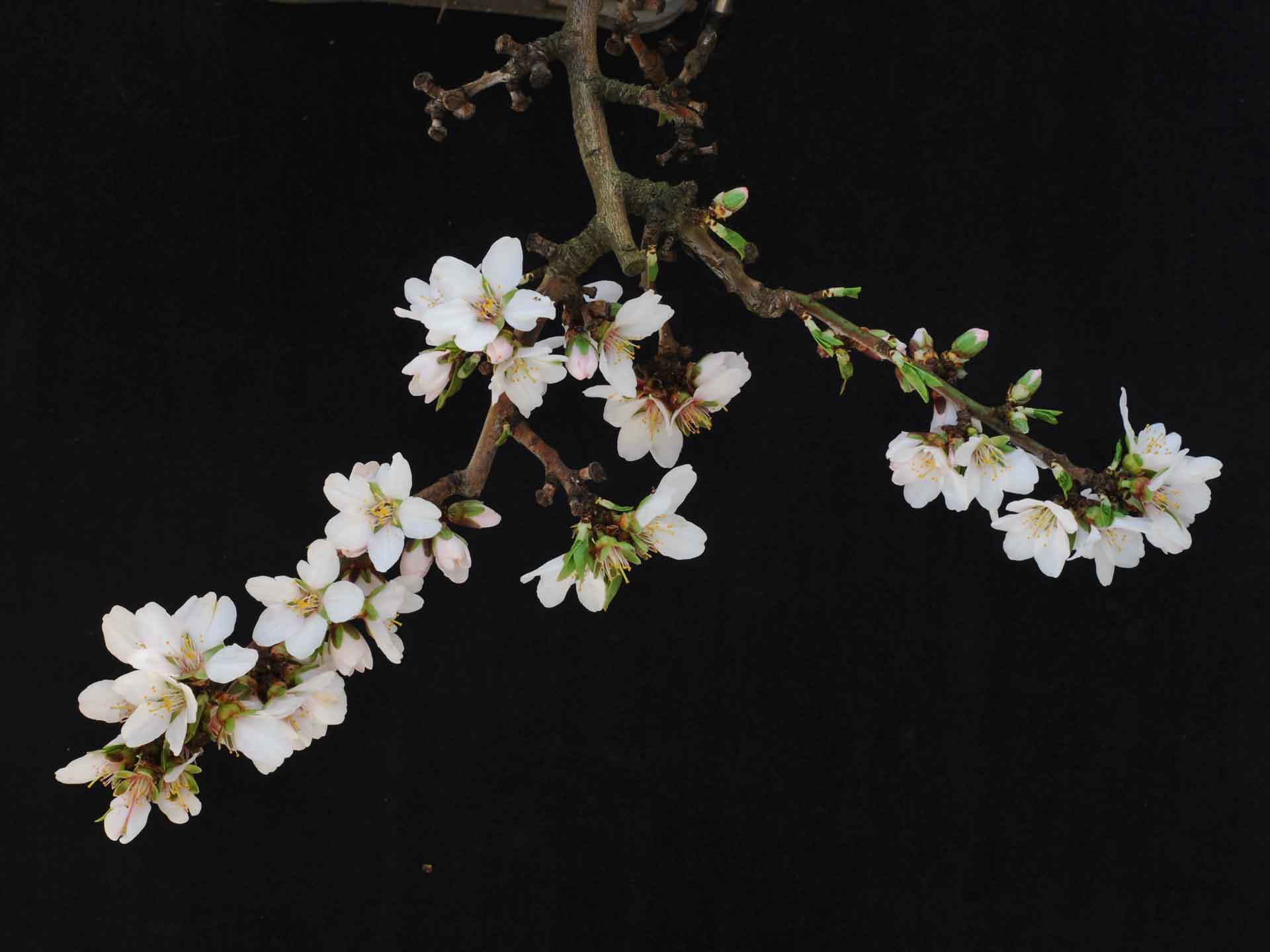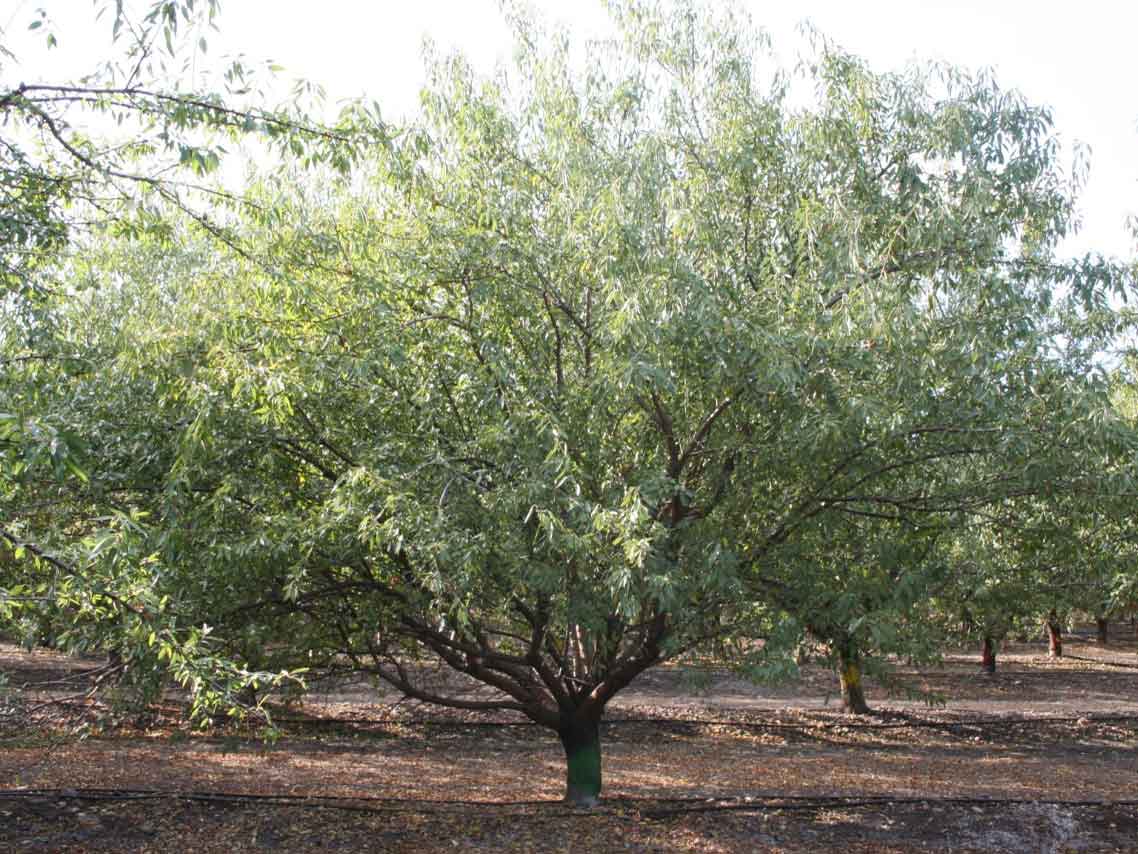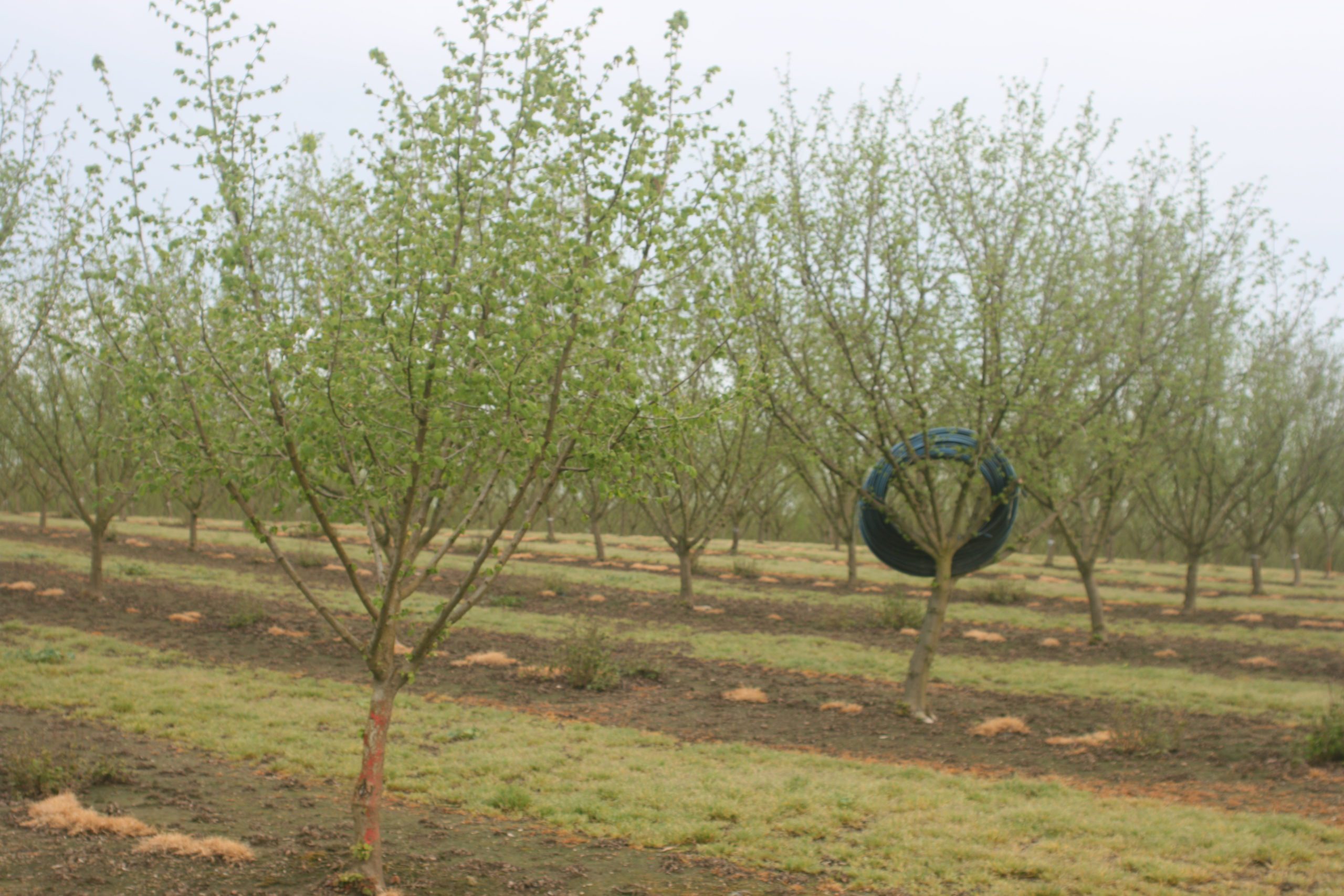Listen to the audio version of this article. (Generated by A.I.)
In a move that has raised significant concern, California’s Division of Occupational Safety and Health (Cal/OSHA) has proposed changes to the state’s Heat Illness Prevention Standard and Wildfire Smoke Protection Standard. AB 2243, passed in 2022, required Cal/OSHA to develop proposed changes to these standards. The newly adopted requirements under §§3395 and 3396 introduce excessive complexity, unworkable restrictions and a troubling disregard for real-world agricultural operations.
Heat Illness Prevention Standard
Cal/OSHA has proposed unrealistic changes to heat illness regulations that can directly impact how you run your operations, if approved as proposed. Despite being framed as safety improvements, these new changes under Title 8 §§3395 and 3396 go far beyond reasonable protections. They impose excessive paperwork, strict work restrictions and unrealistic expectations on employers in the state. These proposed changes target acclimatization, employee monitoring and written heat illness prevention plans.
The most concerning change is the mandatory acclimatization schedule triggered by any day over 80 degrees F for new employees in outdoor workplaces and triggered when any indoor workplace is over 87 degrees F. That could apply for half of the year in some areas in California, specifically the Central Valley. Under these new rules, new employees can only work at 20% capacity on Day 1, while returning employees are capped at 50%. Employers must restrict heat exposure for new and returning employees, regardless of their experience:
• New employees: Capped at 20% of normal workload on Day 1, increasing incrementally to 80% by Day 4.
• Returning employees (after 14 days): Capped at 50% on Day 1, reaching 80% by Day 3.
The schedules are lifted only if the employer can prove the worker has recently performed similar tasks under comparable heat conditions, a proof that requires more documentation.
On top of this, Cal/OSHA now requires employers to distribute their Heat Illness Prevention Plan, available in multiple languages, to new employees during:
• The time of hire
• During heat illness training
• And at least once annually (no more than twice per year)
Tree nut operations are already doing the right things: providing water, shade, training and adjusting schedules when needed. These new rules don’t improve safety; they undermine the ability to operate a business in California. These rules ignore practical realities like workforce fluctuations, production deadlines and the agility required in seasonal operations.
The Western Tree Nut Association is pushing back on these unrealistic proposed regulatory changes and will be submitting comments to the Cal/OSHA Standards Board. The comment period for the proposed changes is open until July 7, 2025. We’ll keep fighting on behalf of growers, hullers and processors, pushing back on outlandish regulatory changes like this one.
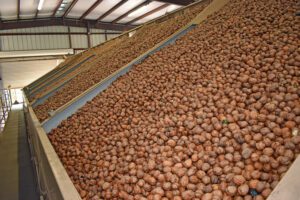
Wildfire Smoke Standard
The new proposed revisions to the Wildfire Smoke regulations are impractical for farming operations and any agricultural worker who works outdoors. The proposed updated rule requires employers to provide NIOSH-approved respirators, such as N95s, to all agricultural employees when the AQI for PM2.5 reaches 151 but does not exceed 300, and mandates their use when the AQI exceeds 300. In addition, employers must now conduct medical evaluations for respirator use and track real-time air quality when the AQI exceeds 500.
However, all other non-agricultural employees have a different threshold. All other employers with outdoor workers must provide N95s when the AQI for PM2.5 reaches 151 but does not exceed 500 and mandates their use when the AQI exceeds 500. Why would agricultural employees be singled out versus all other industries with employees working outdoors? Where is the science-based approach to this? Existing safety practices and common-sense decisions have long protected workers during smoke events, and this proposed regulation is yet another additional regulatory and biased burden. Adding to the burden are new demands for medical evaluations (when the AQI exceeds 500), respirator supply logistics and AQI monitoring.
There needs to be a more flexible, risk-based approach that supports both worker health and economic sustainability. Voluntary protections and practical risk assessments would better serve both worker safety and agricultural sustainability. The Western Tree Nut Association is strongly opposed to the proposed changes and will be submitting comments during the open comment period, which also closes on July 7, 2025.
The bottom line: California’s agricultural employers are already among the most heavily regulated in the nation. These new requirements will disrupt productivity during harvest and increase labor costs through restricted work pacing. Micromanagement through legislation has now reached a point where Cal/OSHA, not employers, dictates how and when work can occur.






